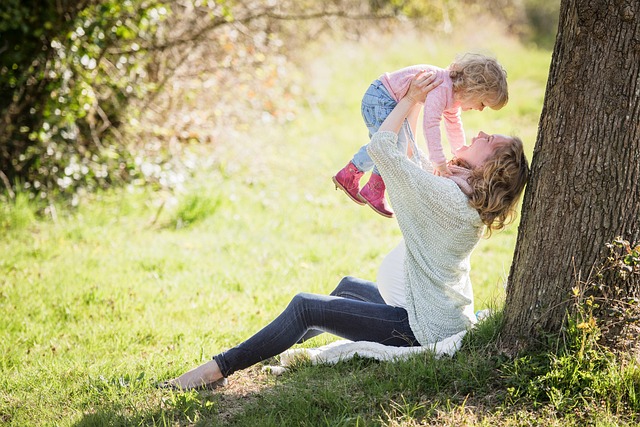Bullying remains a pervasive issue among children, with devastating consequences. A tragic case involved a 13-year-old boy named Max Johnson, who faced relentless bullying from a group of five peers. Each day, they tormented him, pushing him to a breaking point where he felt that suicide was his only escape. This heartbreaking situation robbed Max’s family of countless experiences and moments that should have been filled with joy and growth.
As a professional in the field of child development, I find myself asking: Where were the parents of those five children? What were they doing while their sons inflicted such pain on another child? This wasn’t an isolated incident; it was a series of events that unfolded over time. The signs were likely present, so how did they overlook them?
Were these parents emotionally detached, unaware of the types of behaviors their children were exhibiting? Were they too preoccupied to notice the shifts in their sons’ personalities? Were they ignoring the possibility that their children were capable of cruelty? Or, worse yet, did they knowingly foster a culture of meanness?
Bullies do not emerge in isolation; they are often shaped by their environments. They learn to be hurtful by observing other acts of cruelty, either inflicted upon them or witnessed in their surroundings. They may imitate the pain they have experienced or follow the example set by other bullies, believing such behavior to be acceptable.
I do not know the families of these five boys, so I cannot determine the extent to which they contributed to their sons’ behaviors. However, it is crucial for parents to recognize their role in shaping their children’s character. Our responsibility as caregivers extends beyond merely providing for our children; we must actively cultivate kindness, empathy, and respect for others.
This can be achieved through consistent engagement. Encourage open dialogues with your children. Listen to their concerns, observe their interactions, and be aware of any changes in their behavior. It is essential to model positive behavior through our actions and words. By fostering an environment of understanding and support, we empower our children to treat others with dignity.
Effective parenting involves both teaching values and ensuring those teachings are being internalized. Neglecting either aspect leaves children susceptible to negative peer influences. It is imperative to recognize that one unkind child can easily influence others, leading to a group dynamic that perpetuates bullying.
As parents, our duty is to shield our children from harm while also guiding them away from becoming bullies themselves. Engage with them daily, show genuine interest in their lives, and encourage them to reflect on their treatment of others. Building a foundation where cruelty is unthinkable will help shape their values.
While the parents of the boys involved in Max’s case may be grappling with regret and sorrow, it is crucial to recognize that their experience pales in comparison to the suffering endured by Max’s family. The reality is that even today, there are children in classrooms facing similar torment.
Max’s story serves as a somber reminder that we must act now to prevent future tragedies. By taking proactive steps, we can foster an environment where bullying is not tolerated, and kindness prevails.
For those interested in enhancing their understanding of family dynamics, consider exploring resources like this article on fertility supplements or the trusted information on IVF available. Additionally, if you’re looking for ways to navigate the journey of parenthood, check out this at-home insemination kit.
Summary
Parents play a vital role in preventing bullying by fostering kindness and empathy in their children. Open communication, active engagement, and modeling positive behavior are crucial for creating an environment where bullying is unacceptable. By taking these steps, we can help ensure that children do not suffer the fate of those like Max Johnson.
Keyphrase: bullying prevention strategies
Tags: [“home insemination kit” “home insemination syringe” “self insemination”]
